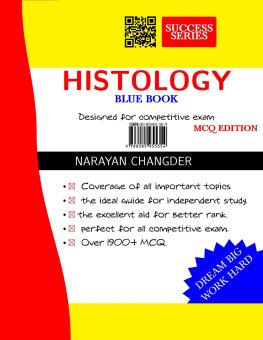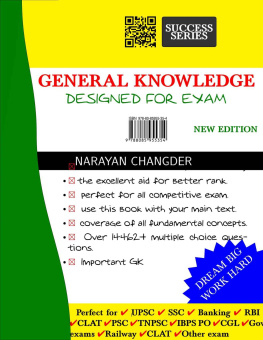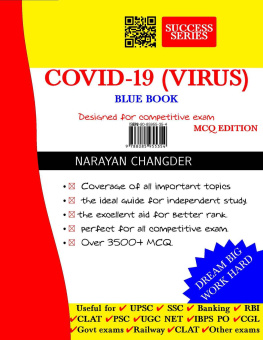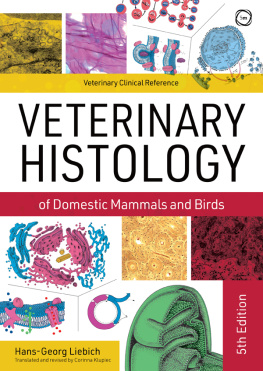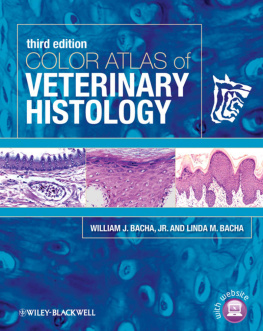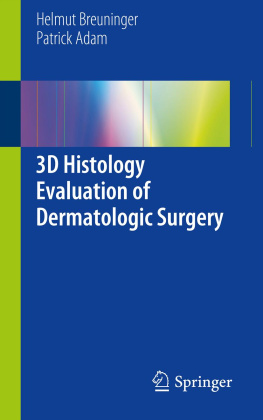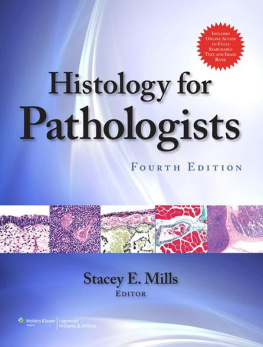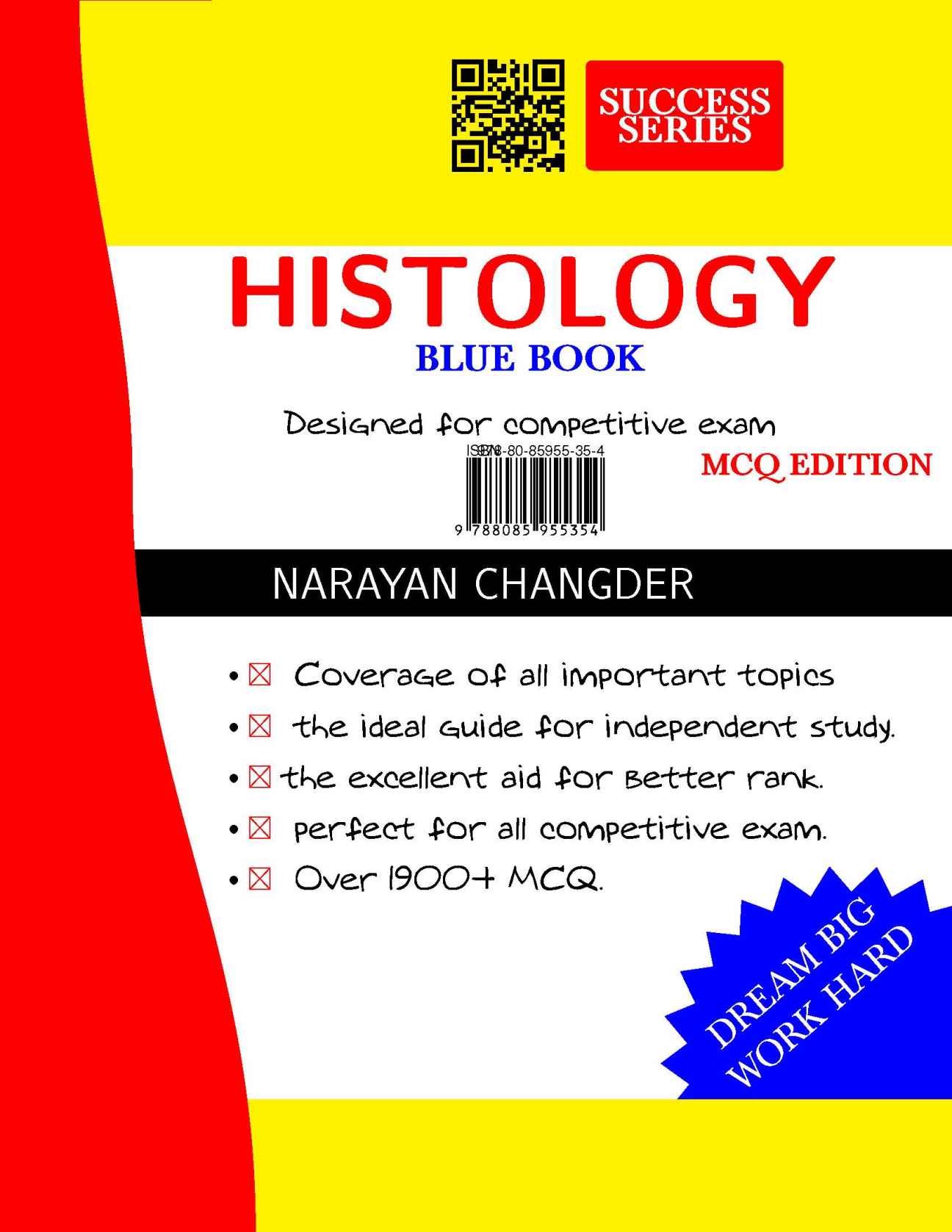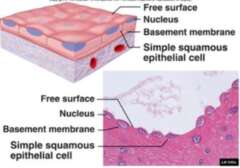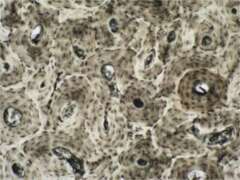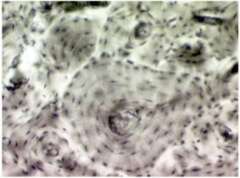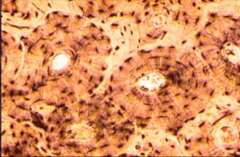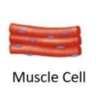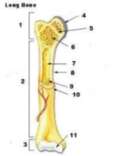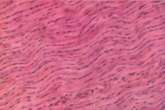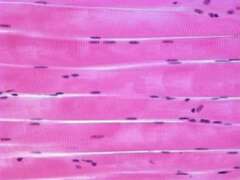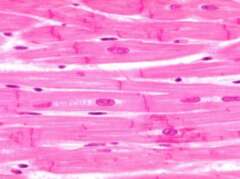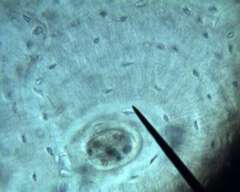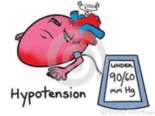Contents
P reface to the second edition It contains questions onvarious subjects. Thousandsof Multiple Choice GKQuestions on varioussubjects. These questions are suitable for competitiveexaminations includingSSC, UPSC, UPPSC,RPSC, MPSC, IBPS,Banking, CLAT, CDS,NDA, Railways and allother examinations. Keep visiting our websitefor 99999 more MCQ https://www.gatecseit.in/ . D isclaimer The aim of this publicationis to supply informationtaken from sources believedto be valid, reliable andauthenticate. The authorbear no responsibility forany damage arising frominadvertent omissions,negligence or inaccuracies(typographical or factual) that may have found theirway into this booklet.
Due care has beentaken to ensure that theinformation provided inthis book is/are correct.Author is not responsiblefor any errors, omissionsor damage arising out ofusing this information.
Chapter 1
Histology
1. Which type of epithelial tissue is shown below?
A. * simple squmous B. simple columnar C. stratified cuboidal E. stratified squamous
2. stratified squamous
2.
Name the Tissue Type:
A. Areolar B. * Bone C. Blood D. Reticular
3. Which type of tissue lines the intestines? A.
Simple squamous B. Simple cuboidal C. * Simple columndar D. Transitional
4. Bone breaks into many fragments. A.
Shattered Fracture B. Traction Fracture C. * Comminuted Fracture D. The Magic School Bus
5. In epithelium you name the cell shape by examining the ____ A. * apical surface C. vascularity
6. vascularity
6.
Spindle shaped muscle cell that is involuntary
A. cardiac B. * smooth C. skeletal D. cardiac, skeletal, and smooth
7. smooth B. * skeletal C. cardiac
8. cardiac
8.
What type of cell is seen in this tissue?
A. * osteocyte B. chondrocyte C. myocyte D. monocyte
9. * Actin B. Myosin C. Myosin C.
Troponin D. Tropomyosin
10. The stomach is made up of which tissue type? A. Cardiac B. Skeletal C. * Smooth D.
Adipose
11. True/False Epithelial tissue is named by the number of layers and the shape of the cells A. * True B. False
12. Identify the type of connective tissue from the picture above.
A.
Spongy Bone B. * bone (osseous) C. reticular D. dense irregular
13. Cells that support neurons: A. neurons C. mast cells D. plasma cells
14. plasma cells
14.
Skin is made of ____
A.
B.
15. Which of the following can be renewed as adults? A. * Cementum B. C. * Dentin D. * Dentin D.
Enamel
16. Structure #2 is the
A. epiphysis B. * diaphysis C. periosteum D. compact bone
17.
The gland shown is
A. found in connective tissue B. * an exocrine gland C. an endorcrine gland D. found in bone tissue
18. simple squamous B. simple cuboidal C. stratified columnar D. stratified cuboidal E. * simple columnar
19. * simple columnar
19.
What type of tissue is pictured?
A. Smooth Muscle B. Skeletal Muscle C. * Dense Regular D. Stratified squamous
20. Which type of tissue is this?
A.
Nervous B. Epithelial C. Connective D. * Muscle
21. The type of tissue repair the occurs is determined by ____ and ____ A. * type, severity C. layer, shape
22. layer, shape
22.
Which is not a sign of inflammation? A. * No pain B. Warmth C. Redness D. Swelling
23. Composed of cells that are branched and striated Found only in heart tissue Responsible for the contraction of the heart A.
Skeletal muscle B. Smooth muscle C. * Cardiac muscle D. Fibrous connective tissue
24. An example of irregular bone. skull B. femur C. * vertebrae D. carpals
25. carpals
25.
Determine the element of the membranous labyrinth: a thin fibrillar connective tissue plate, lined with a single-layer flat epithelium on the side of the endolymph and endothelium-on the side of the perilymph, forms the upper medial wall of the cochlear canal. A. spiral bundle B. the covering membrane C. the basilar plate D. * the vestibular membrane
26.
A.
A.
Smooth Muscle B. Skeletal Muscle C. * Cardiac Muscle D. Dense Regular Connective E. Dense Irregular Connective
27. * Actin B. Myosin C. Myosin C.
Troponin D. Tropomyosin
28. Which of the following is a type of loose connective tissue? A. bone B. * blood C. ligaments
29. ligaments
29.
Name the Tissue Type:
A. * Bone B. Cartilage C. Blood D. Smooth muscle
30. Venom of spiders and snakes, which contains hyaluronidase, easily penetrates the capillary wall.
What structural component of the capillary wall is permeability associated with? A. * Basal membrane B. Fenestres C. A layer of glycoproteins, which are covered with endotheliocytes D. Pericytes E. Adventitious cells
31.
These cells are small and flat A. Cuboidal B. Columnar C. * Squamous D. Pseudostratified
32.
A. hypertension B. bradycardia C. * hypotension D. tachycardia
33. tachycardia
33.

